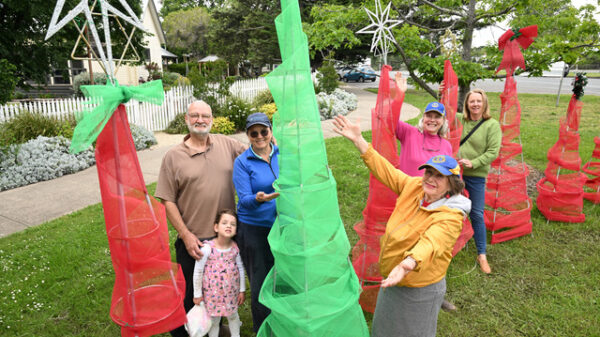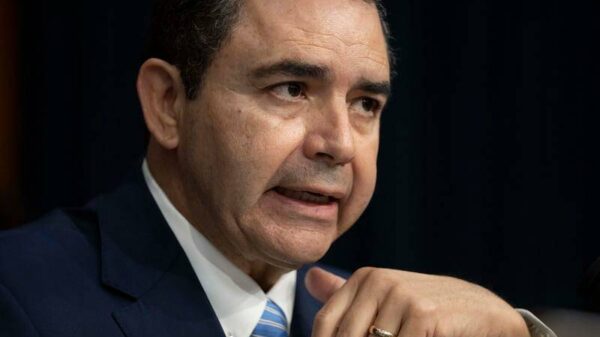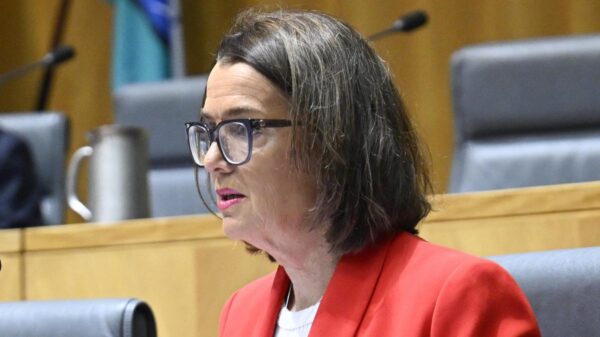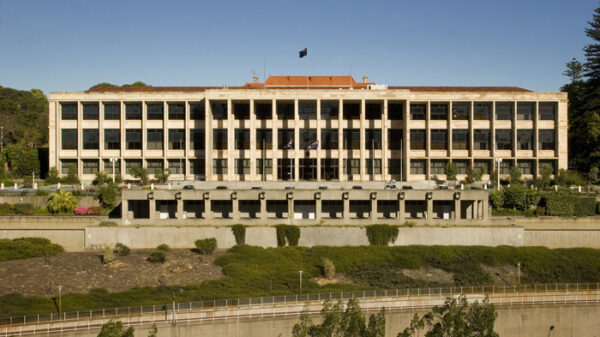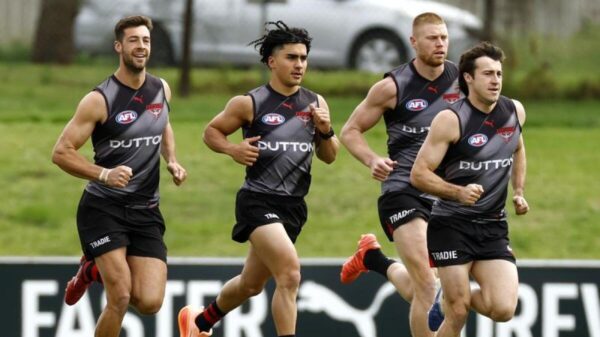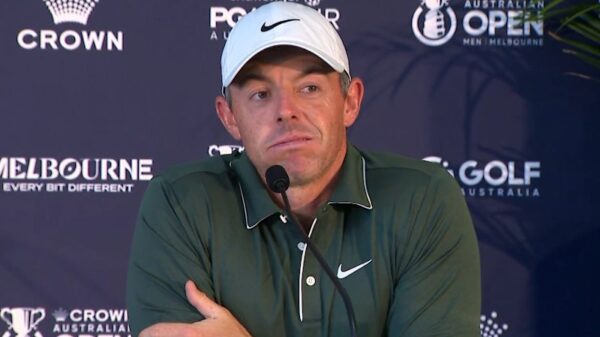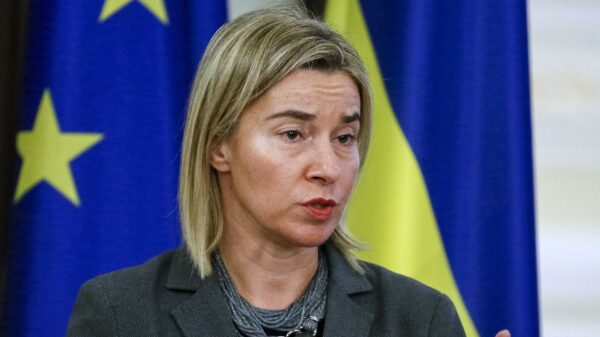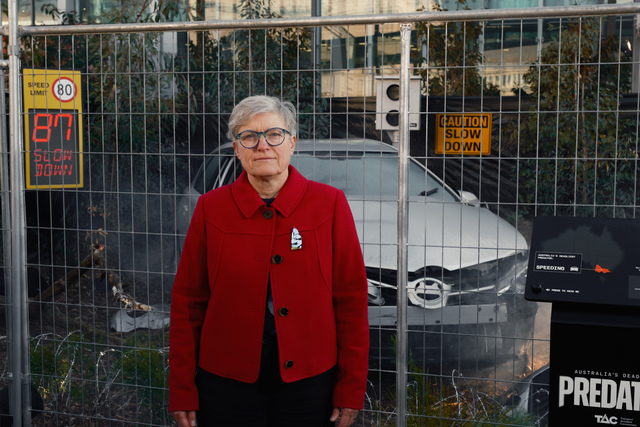URGENT UPDATE: A shocking new exhibit titled Australia’s Deadliest Predator has opened in central Melbourne, aiming to confront public complacency about the deadly consequences of speeding. This initiative by the Transport Accident Commission (TAC) seeks to shift perceptions and highlight the staggering number of fatalities caused by speeding compared to fears surrounding wildlife.
Just last year, speeding was responsible for approximately one third of all road fatalities in Victoria, claiming a tragic 400 lives across Australia. Alarmingly, over the past decade, speeding-related incidents have resulted in 4,100 fatalities. In stark contrast, data from 2001 to 2021 shows an average of only six deaths annually from notorious predators like sharks and crocodiles.
Despite these alarming statistics, a recent survey conducted as part of the TAC initiative revealed that a majority of Australians perceive wildlife as more dangerous than speeding. Among over 1,000 respondents, a striking 74.5% identified venomous snakes as extremely dangerous, while just 11.2% viewed driving just 5 km/h over the speed limit as a serious threat.
The exhibit, located on the plaza between Melbourne Museum and the Royal Exhibition Centre, features a dramatic recreation of a car crash caused by speeding, enclosed within a zoo-like habitat. A digital display shows the vehicle’s speed at the time of the accident, underscoring the message that speed kills.
Tracey Slatter, CEO of TAC, emphasized the need for urgent change: “The data and research are clear – speed kills. We are committed to using powerful initiatives like Australia’s Deadliest Predator to drive home the dangers of speeding, aiming for a future where no one dies or is injured on our roads.”
As of now, Victoria’s road toll stands at 186, slightly higher than last year’s figures. This exhibit is open for free public access from 11 AM to 7 PM until August 24, 2023.
For more details, visit the official TAC website: TAC Deadliest Predator Campaign.
This innovative exhibit challenges visitors to reconsider their driving behavior and act to prevent further tragedies on Australian roads. The time to change our attitudes towards speeding is now.


